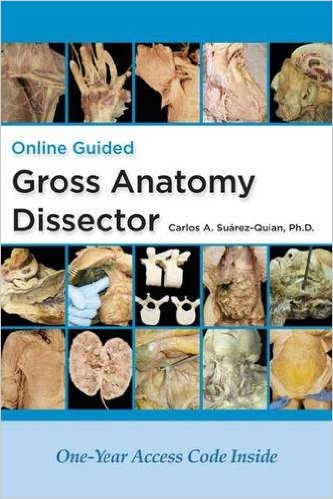Περιγραφή
The Systems of the Body series has established itself as a highly valuable resource for medical and other health science students following today’s systems-based courses. Now thoroughly revised and updated in this third edition, each volume presents the core knowledge of basic science and clinical conditions that medical students need, providing a concise, fully integrated view of each major body system that can be hard to find in more traditionally arranged textbooks or other resources. Multiple case studies help relate key principles to current practice, with links to clinical skills, clinical investigation and therapeutics made clear throughout.
Each (print) volume also now comes with access to the complete, enhanced eBook version, offering easy anytime, anywhere access – as well as self-assessment material to check your understanding and aid exam preparation.
The Nervous System provides highly accessible coverage of the core basic science principles in the context of clinical case histories, giving the reader a fully integrated understanding of the system and its major diseases.
-
- Organization of the Nervous System
- Elements of Cellular and Molecular Neuroscience
- Clinical Assessment
- The Spinal Cord
- Pain and Analgesia
- Cranial Nerves and the Brainstem
- The Visual System
- Hearing and Balance: The Auditory and Vestibular Systems
- Motor Systems I: Descending Pathways and Cerebellum
- Motor Systems II: The Basal Ganglia
- Stroke and Head Injury
- Infection in the Central Nervous System
- Epilepsy
- Dementia
- Schizophrenia and Neurodevelopmental Disorders
- Depression and Anxiety
- Addiction
Systems of the Body Series:
-
- The Renal System
- The Musculoskeletal System
- The Nervous System
- The Digestive System
- The Endocrine System
- The Respiratory System
- The Cardiovascular System












